how to rotate crops
If you want the best soil in your backyard garden, moving what you grow around to a different area each year will help more than you may realize. How to rotate crops in your vegetable garden so you replenish the soil, giving the best start for growing each year.
How to start a backyard garden using old-time growing tips in the best way. Use nature to encourage more fertile ground and a bigger harvest each growing season.
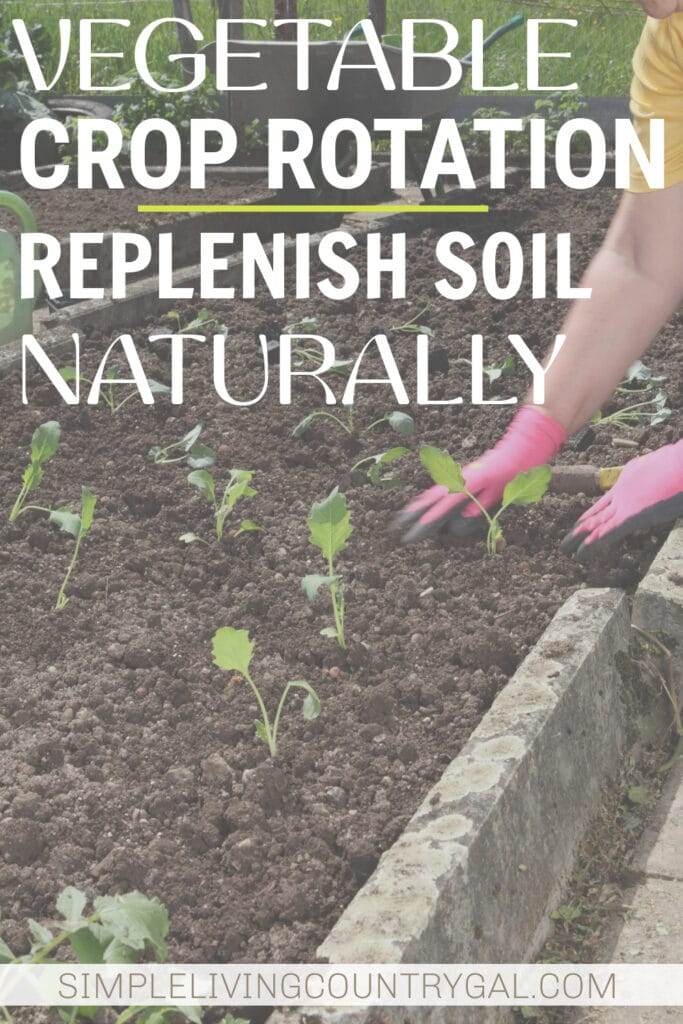
Growing the food we eat is the main reason many of us work so hard in our gardens. But sometimes that work doesn’t pay off as much as we hoped it would. Small plants with lackluster produce isn’t anyone’s idea of a bountiful harvest.
If you have been striking out with your garden, you may be missing an easy and valuable step. A farming tip that might be exactly what you need to turn things around this growing season. It’s call crop rotation and the year I started incorporating it into our own planting routine we saw bigger harvests right not only that year but every year going forward.
What does crop rotation mean for a backyard gardener?
Crop rotation is a farming practice that involves changing the type of crops grown in an area on a seasonal basis. This is done to prevent the depletion of essential nutrients from the soil, which can happen when the same crop is grown in the same place year after year. For backyard gardeners, this means moving around what you grow each season to maintain soil health and maximize yields.
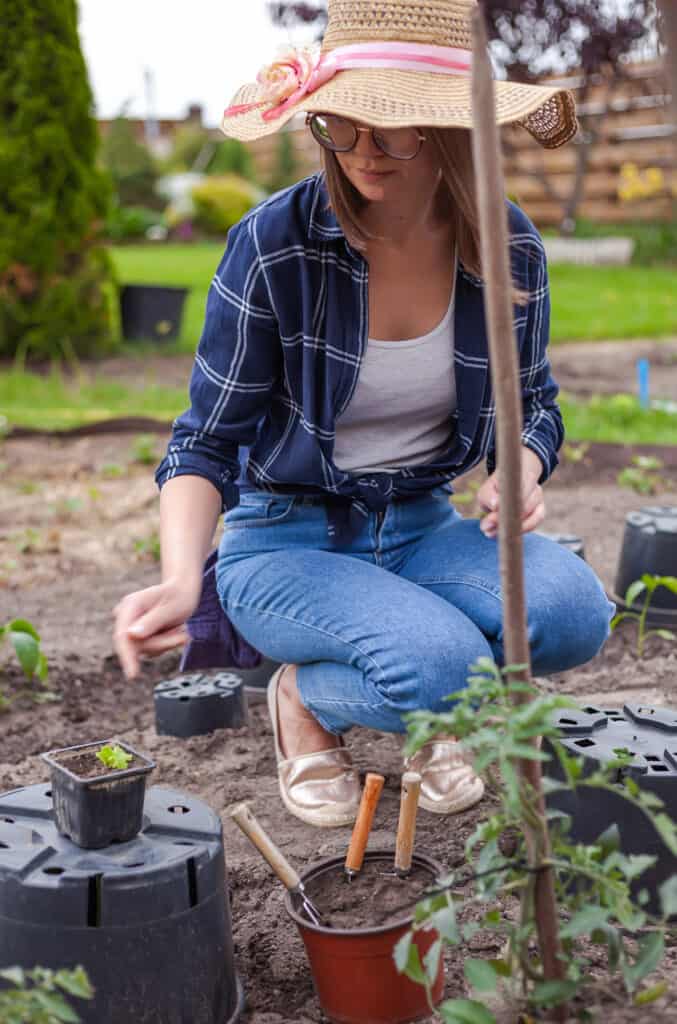
Moving the plants you grow also helps with pest control and may reduce the occurrence of diseases. This is a great gardening 101 tip to incorporate into your garden plan this year.
Veggie Garden Planner + Journal
Do you need to rotate crops in a raised bed?
Yes, crop rotation is just as important for raised bed gardening as it is for traditional backyard gardens. Relocating plants each year helps keep the soil in raised beds healthy and thriving by preventing nutrient depletion and minimizing the buildup of pests and diseases.
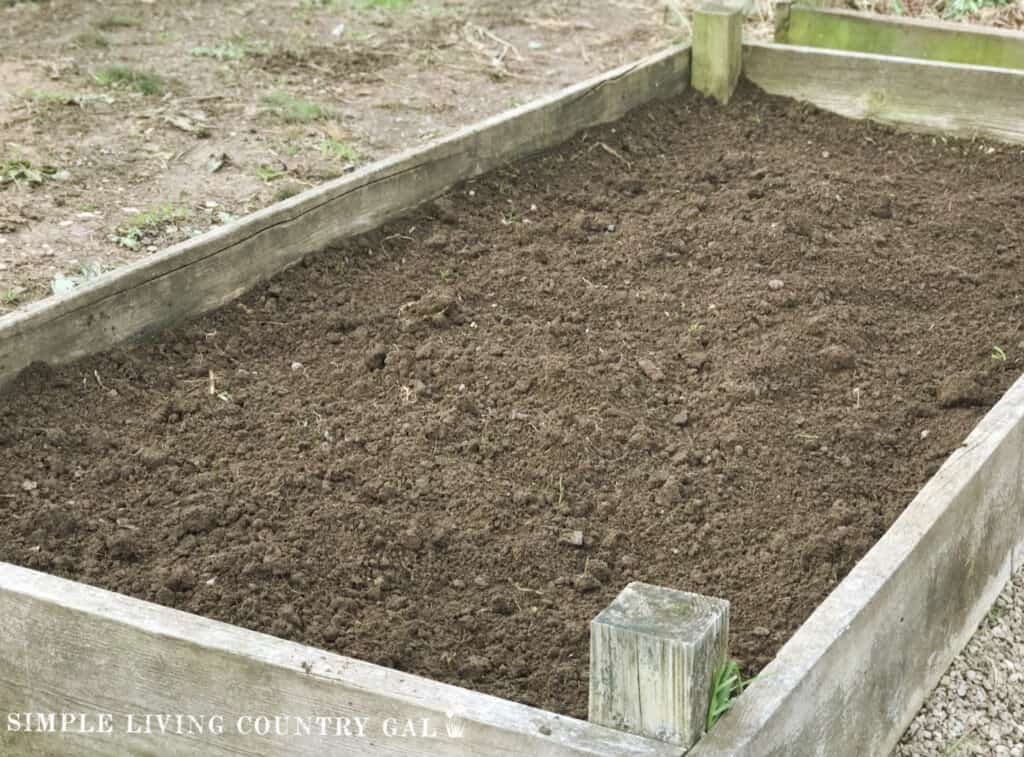
How does crop rotation work?
When planning out a routine for planting, it’s important to understand which plants are heavy feeders (those that require a lot of nutrients) and which are light feeders (those that require minimal nutrients). Heavy feeders should not be planted in the same spot for consecutive seasons, as they deplete specific nutrients from the soil.
Light feeders, on the other hand, can be planted in areas where heavy feeders were previously grown, as they do not require as many nutrients and may even help replenish certain nutrients in the soil.
COOLJOB Gardening Gloves Best Gift for Women Ladies, 6 Pairs Breathable Rubber Coated Yard Garden Gloves, Outdoor Protective Work Gloves with Grip, Medium Size Fits Most, Red & Green

Examples of Heavy Feeding Vegetables
- Tomatoes
- Corn
- Peppers
- Broccoli
- Squash
Examples of Light Feeding Vegetables
- Carrots
- Lettuce
- Onions
- Radishes
- Spinach
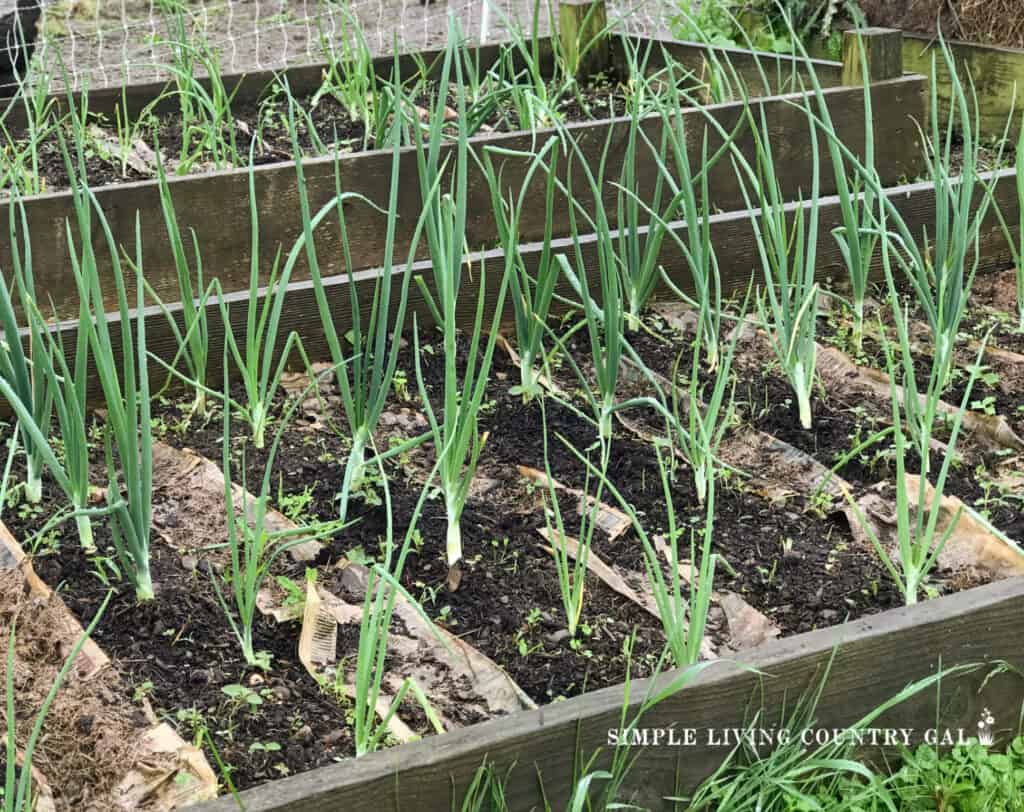
Crop rotation also involves grouping plants from the same family together and rotating them to different areas of the garden each season. This will help to prevent pests and diseases that may affect that particular plant family from building up in the soil. Overall, crop rotation is a great way to manage and maintain healthy soil for successful gardening.
What are some common crop rotation techniques?
There are several methods for implementing crop rotation in a backyard garden. Lets look at a few of the most common and how they work.
- Simple Rotation: This involves dividing your garden into sections and rotating crops through each section year after year.
- Three-year Rotation: This is a more structured approach where crops are divided into three groups – heavy feeders, light feeders, and legumes (plants that fix nitrogen in the soil). Each group is then rotated to a different section of your garden each year.
- Four-year Rotation: Similar to the three-year rotation, but with an additional group for root vegetables such as potatoes and carrots.
- Intercropping: This technique involves planting complementary plants together in one area for a single season, followed by another set of complementary plants in the same spot the following season.
- Succession Planting: This is not necessarily a form of crop rotation, but instead a method to keep growing new crops throughout the growing season. Once one crop is harvested, a new one is planted in its place.
Planning Your Crop Rotation Schedule
To effectively rotate crops, it’s important to have a plan in place before the gardening season begins. This will help ensure that you are rotating crops properly and not depleting or overloading the soil with certain nutrients or pests.
Here are some steps to follow when planning your crop rotation schedule:
Step #1. Make a List
Make a list of all the vegetables and herbs you want to grow in your backyard garden. You will be mainly thinking of the current year, but you may also want to include things you hope to grow in the next few years as well.

#2. Group the Vegetables
Group them according to their family.
- Nightshade family – tomatoes, peppers, eggplants, potatoes
- Cabbage family – broccoli, cabbage, cauliflower, kale
- Legume family – peas, beans
- Root vegetable family – carrots, radishes, beets
- Leafy green family – lettuce, spinach, chard
- Allium family – onions, garlic
- Brassica family – Brussels sprouts, turnips
#3. Determine the Location
Determine the best location for each crop based on its nutrient needs and previous season’s placement.
#4. Make a planning map
Plot out your garden bed sections and assign a crop group to each section.
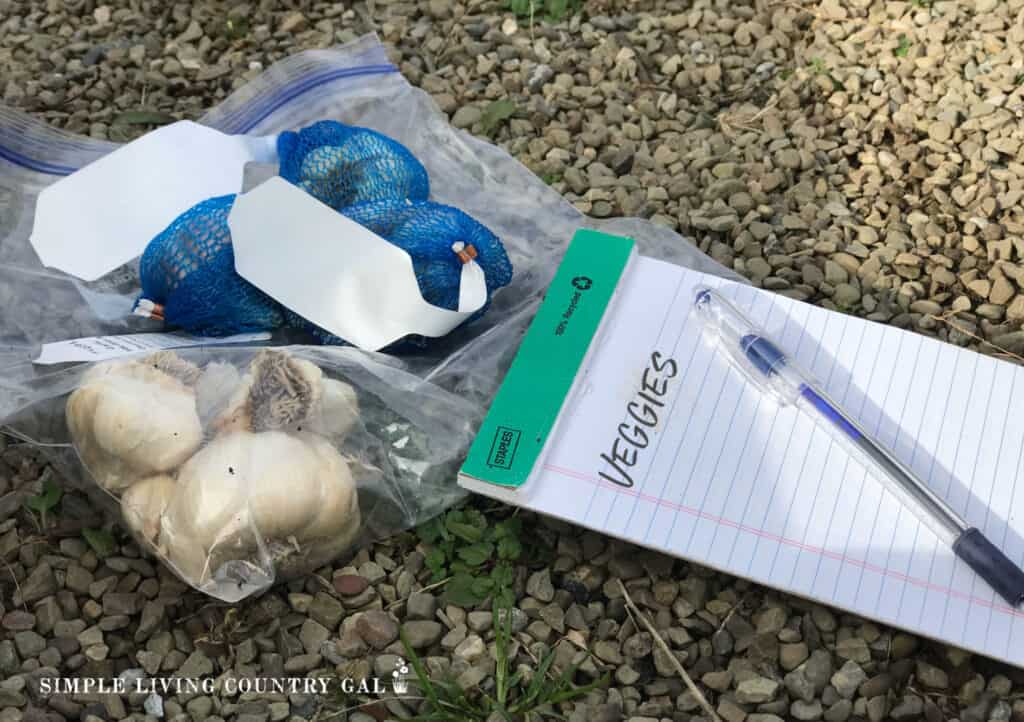
#5. Create a Schedule
Create a rotation schedule for each section, making sure to rotate crops from one group to another each year.
#6. Use Rotation Techniques
Consider using intercropping or succession planting techniques to take this tip even further and make the most of your garden space.
By following these steps and implementing one of the above-mentioned crop rotation techniques, you can ensure that your backyard garden remains
Crop Rotation Tips
- Avoid planting crops from the same family in the same section of your garden bed for consecutive years.
- Leave at least one year between plantings of heavy feeders to allow time for soil replenishment.
- Incorporate cover crops into the rotation schedule to help improve soil health and fertility.
- Keep track of your crop rotations over the years to avoid repeating previous plantings too soon.
- Don’t be afraid to make adjustments to your rotation schedule if needed, based on how certain crops performed in different locations.
With proper planning and implementation, crop rotation can greatly benefit your backyard garden by minimizing pest and disease problems, improving soil quality, and maximizing harvest yield.





